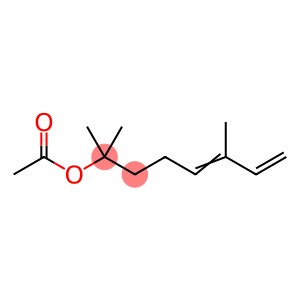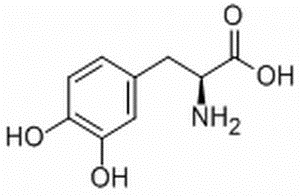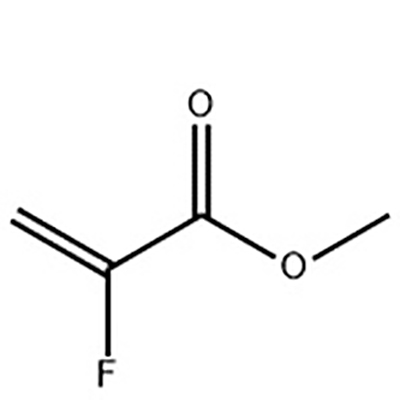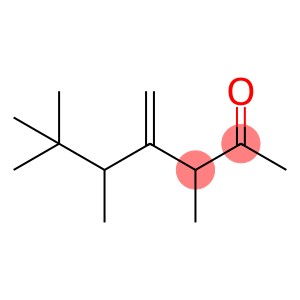Isobutyric acid(CAS#79-31-2)
| Hazard Symbols | Xn – Harmful |
| Risk Codes | 21/22 – Harmful in contact with skin and if swallowed. |
| Safety Description | S23 – Do not breathe vapour. S36/37/39 – Wear suitable protective clothing, gloves and eye/face protection. S24/25 – Avoid contact with skin and eyes. |
| UN IDs | UN 2529 3/PG 3 |
| WGK Germany | 1 |
| RTECS | NQ4375000 |
| FLUKA BRAND F CODES | 13 |
| TSCA | Yes |
| HS Code | 29156000 |
| Hazard Class | 3 |
| Packing Group | III |
| Toxicity | LD50 orally in Rabbit: 266 mg/kg LD50 dermal Rabbit 475 mg/kg |
Introduction
Isobutyric acid, also known as 2-methylpropionic acid, is an organic compound. The following is a detailed introduction to the properties, uses, preparation methods and safety information of isobutyric acid:
Quality:
Appearance: Colorless liquid with a special pungent odor.
Density: 0.985 g/cm³.
Solubility: Soluble in water and many organic solvents.
Use:
Solvents: Due to its good solubility, isobutyric acid is widely used as a solvent, especially in paints, paints, and cleaners.
Method:
A common method of preparation of isobutyric acid is obtained by oxidation of butene. This process is catalyzed by a catalyst and is carried out at high temperatures and pressures.
Safety Information:
Isobutyric acid is a corrosive chemical that can cause irritation and damage when in contact with the skin and eyes, and appropriate precautions should be worn when using it.
Long-term exposure may cause dryness, cracking, and allergic reactions.
When storing and handling isobutyric acid, it should be kept away from open flames and high temperatures to prevent fire and explosion hazards.








